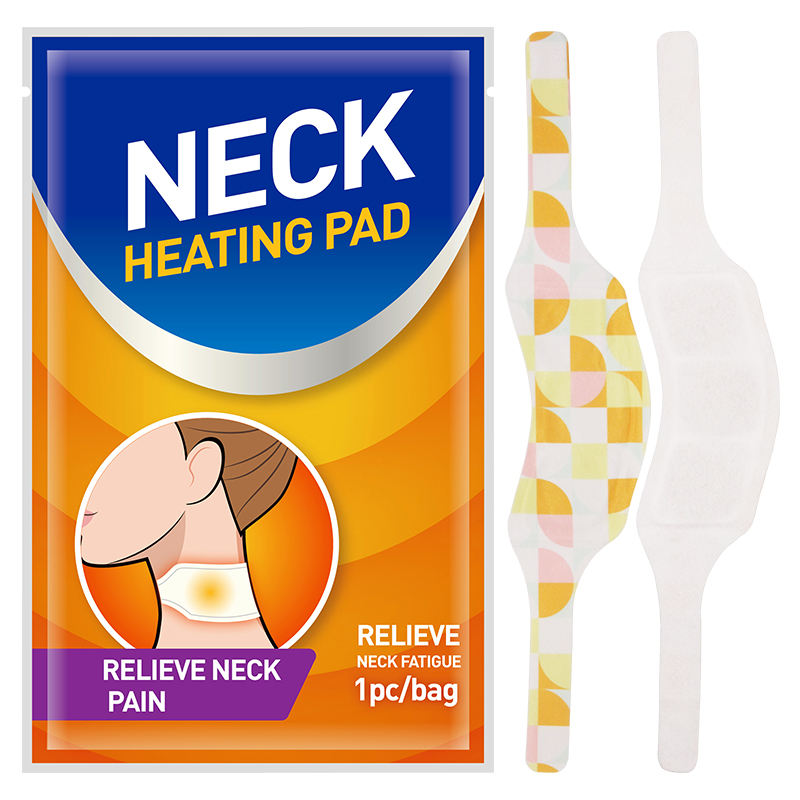In today’s fast-paced world, neck warmer patches have become a popular accessory for providing relief from cold weather and neck discomfort. These convenient, portable devices offer a quick and effective way to soothe aching muscles and provide warmth during colder months. But what is the science behind these patches, and how do they work?
The primary science behind neck warmer patches lies in the use of thermal technology. These patches are designed with heat-retaining materials that generate and maintain warmth when applied to the skin. The warmth helps to relax muscles, improve blood circulation, and reduce stiffness and discomfort in the neck area.

The materials used in neck warmer patches are carefully chosen to ensure maximum heat retention and comfort. Common materials include adhesives, fabrics, and heat-generating components. The adhesives provide a secure bond to the skin, while the fabrics allow for breathability and comfort. The heat-generating components, such as iron powder or other chemical reactions, create the warmth that is felt by the user.
When applied to the neck, the patch begins to warm up, providing a soothing sensation that helps to relieve tension and discomfort. The warmth can also help to improve blood flow in the neck region, which can further reduce stiffness and pain.
In addition to their thermal benefits, neck warmer patches can also be used for targeted pain relief. Many patches are designed with additional ingredients that provide anti-inflammatory or analgesic effects, helping to reduce inflammation and pain in specific areas.
It’s important to note that neck warmer patches are not intended to treat serious medical conditions. If you experience persistent neck pain or discomfort, it’s recommended to consult a healthcare professional for proper diagnosis and treatment.
In conclusion, neck warmer patches are a convenient and effective way to provide warmth and relief from neck discomfort. Their science lies in the use of thermal technology and carefully chosen materials that work together to generate and maintain warmth on the skin. While they can be a helpful addition to your daily routine, it’s always best to consult a healthcare provider for any serious medical concerns.






